In 2021, our team started development of a LoRaWAN network (see link) to cover the University of Kentucky campus/hospital and most, if not all, of Lexington (see link). This project is still active as we continue to develop new applications, but creating infrastructure to support this network has become a challenge. Fortunately, a new offering from Amazon called Sidewalk has recently begun rolling out, which provides this infrastructure (see link).
Amazon Sidewalk blurb: Sidewalk is a low-bandwidth, long-range wireless network, which aims to enhance the connectivity of smart devices within neighborhoods and cities by utilizing the existing infrastructure and creating a shared network. The network operates on a portion of the 900 MHz spectrum, allowing devices to communicate over longer distances compared to traditional Wi-Fi networks. Amazon Sidewalk utilizes a combination of Bluetooth Low Energy (BLE) and the 900 MHz spectrum to extend the range of compatible devices, such as smart locks, outdoor lights, and pet trackers. By leveraging the Sidewalk bridge, which acts as a gateway device, the network connects to the internet through a user’s home Wi-Fi network. However, it’s important to note that Amazon Sidewalk operates by using a small portion of a user’s internet bandwidth, which is shared with nearby devices, including those owned by other Sidewalk users. (Protocol reference here)
This entails that a specific subset of Amazon devices, including Alexas, Echos, and Ring Cameras, can be utilized to receive Bluetooth, FSK, and LoRaWAN transmissions from sensor devices, offering extensive coverage (specifically within Lexington, KY, see Figure 1). However, it is important to note certain limitations associated with this network. Presently, only Amazon-approved devices are able to connect to the network, and each device receiving data is subject to a 500MB/month data cap. Regarding the first limitation, it is worth mentioning that any Bluetooth, FSK, or LoRa device can connect to the network if it is equipped with a custom firmware provided by Amazon. Nevertheless, only three devices currently have this firmware available for download (see link), restricting the connectivity options for many LoRa devices at present. As for the second limitation, the maximum data rate varies depending on the protocol, ranging from 27kbps (for LoRaWAN) to 2Mbps (for Bluetooth LE), with packet sizes varying from a few bits to a few bytes. It is important to note that data packets are not typically transmitted every second or minute. For instance, a GPS sensor may only require sending data every few minutes, while passive medical devices transmit data every hour. Although the data cap is generous for individual sensor applications, as more devices join the network, it may not be sufficient to sustain the growing demand.
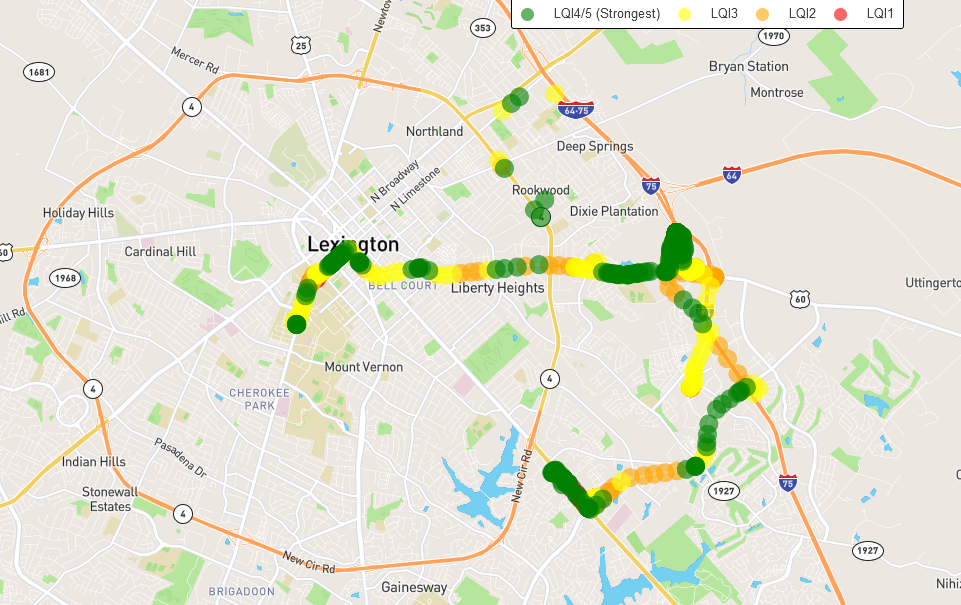
Figure 1: GPS tracking through Lexington using Sidewalk Test Kit
To being our journey into the exploration of this network infrastructure, Amazon offers a compact and complimentary test device designed to assess coverage in a specific area (see link, Figure 2&3). This device possesses a singular capability: GPS tracking and transmitting the acquired data to a nearby gateway while concurrently measuring the network signal strength. In my personal case, I have placed this device within my vehicle and conducted extensive drives over the course of several days. The results have been nothing short of surprising, as the network coverage has proven to be exceptionally robust. Even in areas with traditionally limited coverage, the device maintains a consistent connection with the network. Notably, the device is capable of communicating with a gateway even while positioned within a building, albeit without a GPS fix. Remarkably, data packets are transmitted and received under these circumstances. It is worth mentioning that to the best of my knowledge, this building does not house any Amazon Sidewalk enabled devices. Therefore, it can be inferred that there is nearby infrastructure effectively capturing and relaying this signal.
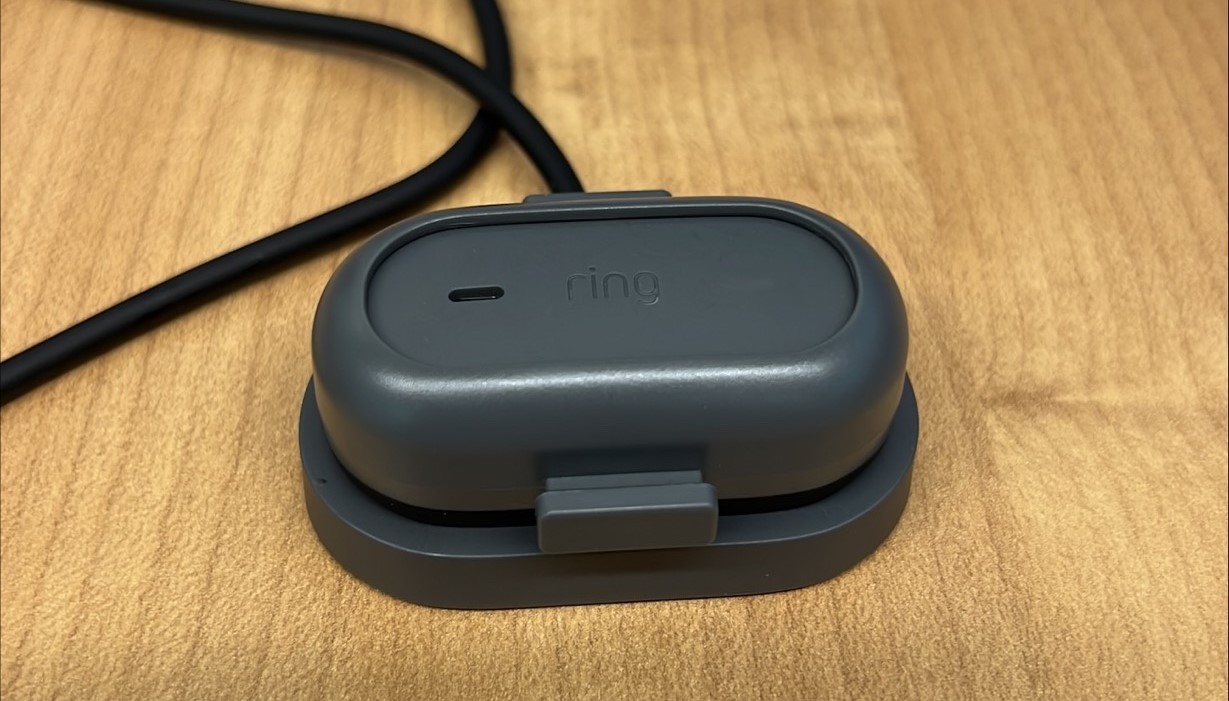
Figure 2: Amazon Sidewalk Test Kit in Charging Dock
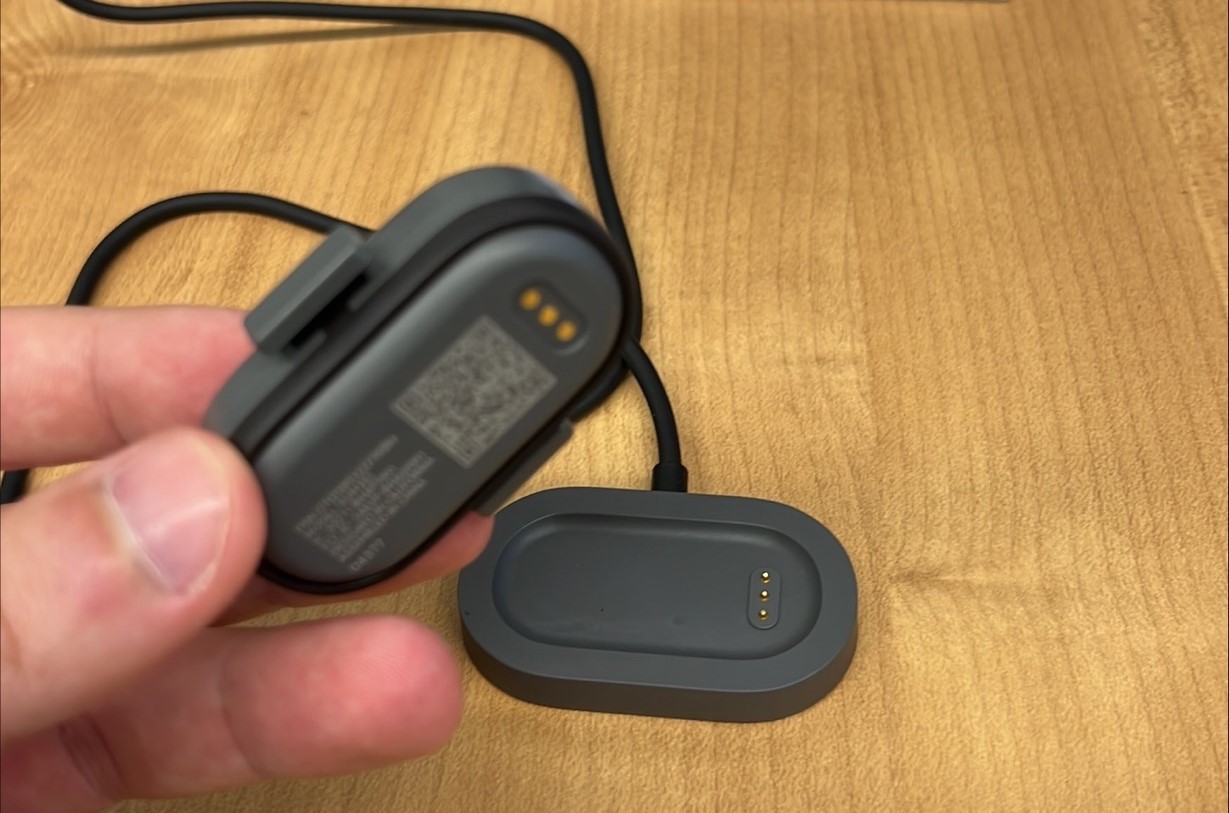
Figure 3: Amazon Sidewalk Test Kit device bottom
Since, we have seen the effectiveness of this network, we are planning on purchasing one of the three devices mentioned above that is approved to connect to the network (see link). With this device, we will research the applicability of AWS IoT Core, packet construction, and additional security considerations imposed by Amazon. Please refer to Figure 4 & 5 for current (6/23/2023) coverage across the US and Lexington, KY.

Figure 4: Sidewalk Coverage Across the United States
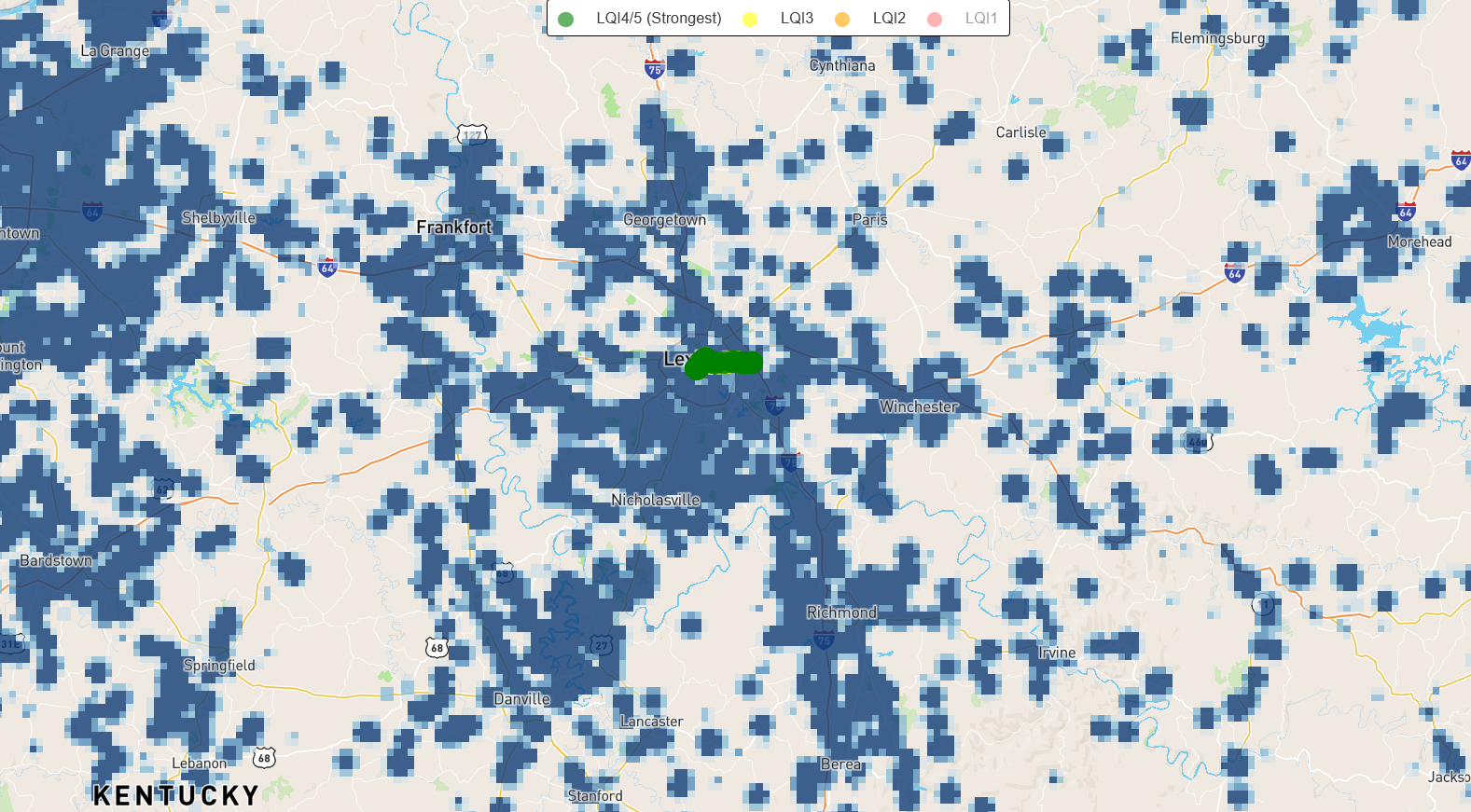
Figure 5: Sidewalk Coverage for Lexington, KY
To begin interacting with custom data, we acquired an Amazon approved development device produced by SiliconLabs (found here, see Figure 6). SiLabs thankfully has guides for an example applications and walkthroughs of all requirements necessary to register this device with Amazon (found here). Amazon also provides a few example apps through the use of their paid services (found here). So far, we’ve been able to read from the onboard temperature sensor on the device, turn on/off LEDs on the board, and display messages on the board’s screen.
We plan on creating a custom application from scratch to send custom data over the Sidewalk network and display it on a web instance provided by Amazon. By doing this, we can use other sidewalk devices such as GPS or environmental monitors to relay information on-the-go.
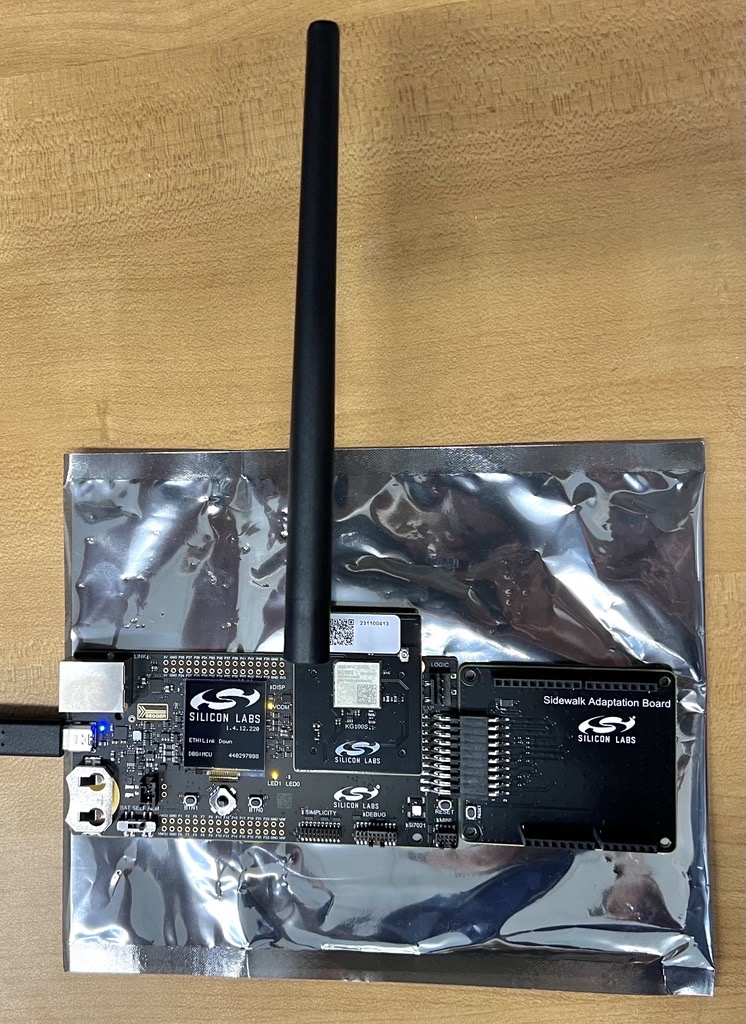
Figure 6. SiLabs Pro Kit for Amazon Sidewalk using KG100 (sub-GHz) board.
Unfortunately, being in the heart of a research building there are no Sidewalk gateways in the immediate area. Therefore, we also needed to purchase an Amazon Echo 4th Gen to communicate using all three communication protocols (bluetooth, FSK, LoRa). WARNING: If you plan on developing your own network this way, make sure to purchase a gateway that supports all three protocols!! Most of the Amazon devices that support Sidewalk only support bluetooth and FSK, which limits the range you are able to reach. A complete list of devices/gateways and which protocols they support is available here.
As always, any and all updates will be posted here once we have more information about this device and the network architecture of Sidewalk. Also, please reach out using the contact form in the footer with any questions you might have.

